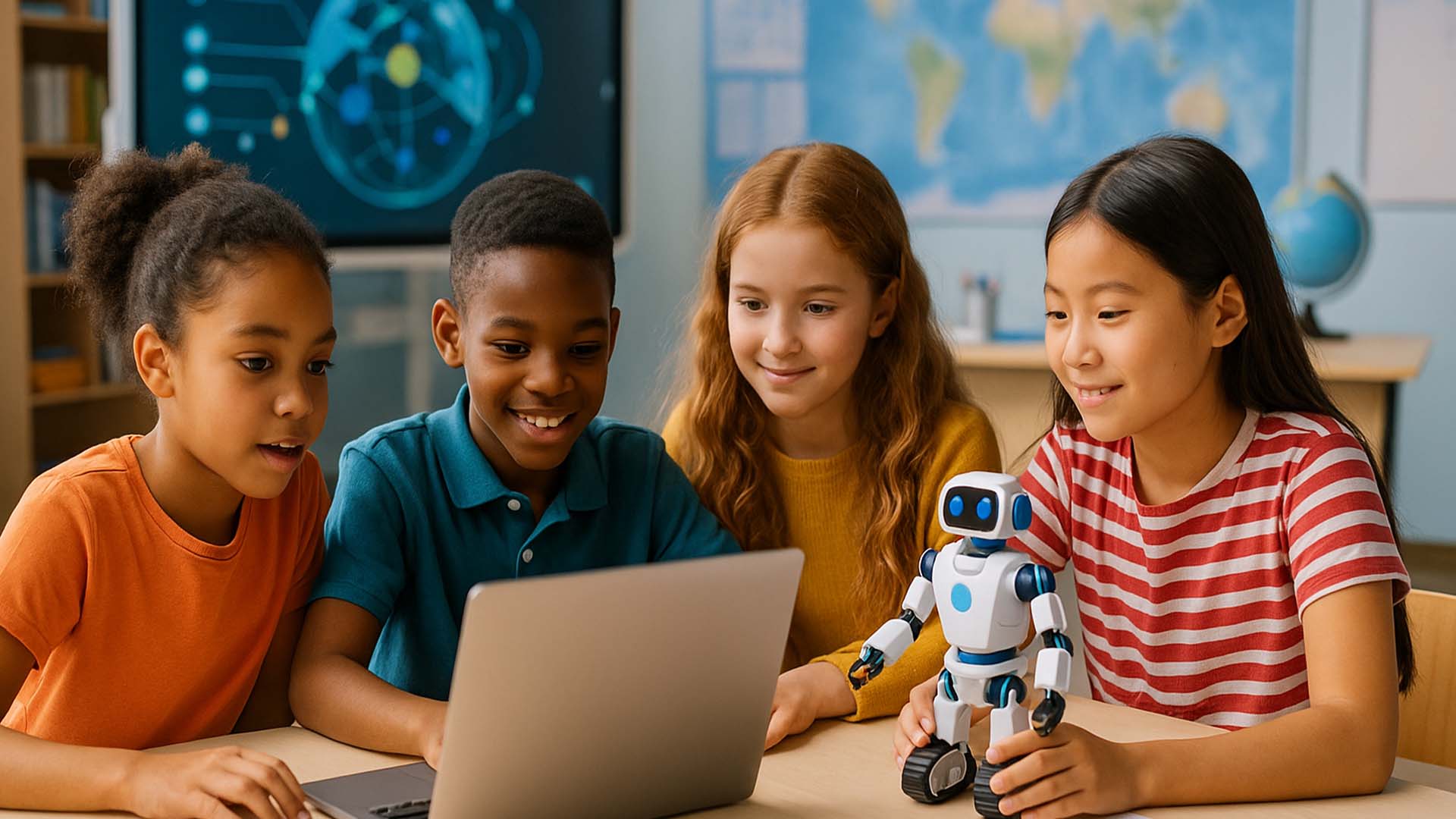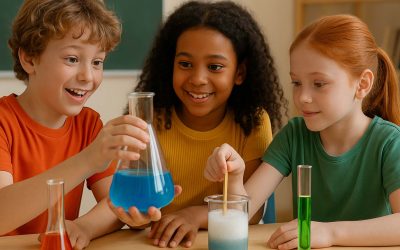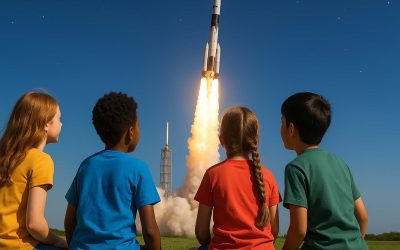The world of education is constantly evolving, especially with rapid advancements in technology and changing societal needs. For children growing up in this dynamic environment, understanding the future of learning is key to preparing them for success.
This article explores the exciting educational trends anticipated for 2025, highlighting how they will shape how kids learn and develop. From new teaching methods to innovative tools, these trends promise a more engaging, personalized, and effective learning experience.
The Shifting Landscape of Education
Several factors are driving changes in education, including technological innovations like Artificial Intelligence (AI), the increasing importance of critical thinking and creativity, and a greater focus on social-emotional development. These shifts are leading to new approaches that aim to make learning more relevant and impactful for children. As noted by Create & Learn, “The world of education has seen tectonic shifts in recent years due to a wide range of factors including COVID-19, technological advancements such as with artificial intelligence, and changing options and priorities.”
Key Education Trends for Kids in 2025
1. STEM and STEAM Education
STEM (Science, Technology, Engineering, and Mathematics) education continues to be crucial, preparing children for careers in rapidly growing fields. However, there’s an increasing emphasis on STEAM, which integrates Arts into STEM. This approach fosters creativity and helps children see the connections between different subjects, making learning more accessible and inspiring. STEAM education encourages creative problem-solving and critical thinking, essential skills for the future.
2. An Emphasis on Creativity
Creativity is becoming recognized as one of the most important skills for children to develop. Educators are finding new ways to incorporate creative activities into their curriculum, often using technology to enhance these experiences. Whether through multimedia presentations or hands-on projects, fostering creativity helps improve student retention, problem-solving abilities, and critical thinking. “Parents, teachers, and employers view creativity as one of the most important soft skills for students to develop,” highlights the Create & Learn blog.
3. Virtual Field Trips
Virtual field trips are transforming how children explore the world. These immersive experiences allow students to visit places previously unreachable, from the Amazon Rainforest to the Louvre Museum, right from their classrooms or homes. They provide valuable opportunities for new experiences and learning outside traditional boundaries, making geography, history, and science come alive. Examples include virtual expeditions by National Geographic and online tours of the Smithsonian Institution.
4. Social-Emotional Learning (SEL)
While the name might vary, the skills taught in Social-Emotional Learning (SEL) are highly valued. SEL focuses on developing self-awareness, self-control, and interpersonal skills crucial for success in school and life. It has been shown to increase academic achievement and lower dropout rates by creating a supportive classroom environment and integrating emotional intelligence into instruction. These skills help children understand and manage emotions, set positive goals, feel and show empathy for others, establish and maintain positive relationships, and make responsible decisions.
5. Personalized Online Learning
The internet has empowered students to take a more active role in their education. Personalized online learning allows children to pursue subjects they are passionate about, at their own pace. This student-driven approach fuels a passion for learning, improves problem-solving skills, and prepares students for higher education and beyond. “Having a student’s curiosity shape their education fuels their passion for learning by involving them in the process,” states Create & Learn.
6. Artificial Intelligence (AI) in the Classroom
AI is not just for robots; it’s making its way into classrooms to create more personalized and dynamic learning environments. AI-powered solutions can analyze a student’s learning history, identify weaknesses, and recommend courses tailored for improvement. It also helps teachers by automating repetitive tasks, freeing them to focus more on individual student needs and engagement. AI provides instantaneous feedback on student performance and engagement, enhancing the learning process.
Q&A
Q1: What is the difference between STEM and STEAM education?
STEM focuses on Science, Technology, Engineering, and Mathematics. STEAM adds the Arts to this framework, emphasizing creativity, design, and the interdisciplinary connections between all these subjects, making learning more holistic and engaging.
Q2: How do virtual field trips benefit children?
Virtual field trips allow children to explore distant places and complex concepts without leaving their classroom or home. They provide immersive, interactive experiences that can make learning more exciting, foster curiosity, and broaden a child’s understanding of the world.
Q3: Why is social-emotional learning important for kids?
Social-emotional learning (SEL) helps children develop crucial life skills such as self-awareness, self-management, social awareness, relationship skills, and responsible decision-making. These skills are vital for academic success, positive relationships, and overall well-being.
Sources
- Create & Learn: Popular Kids Education Trends 2025
- U.S. Department of Commerce: STEM occupations growth
- Gallup: Creativity in Learning report
- The Journal: AI-powered solutions in education
- Global Market Insights Inc.: AI industry growth








0 Comments